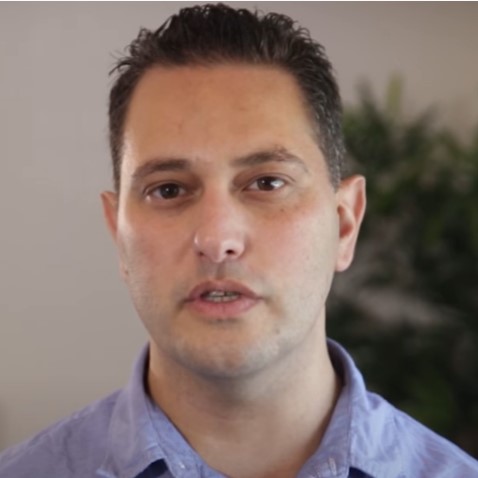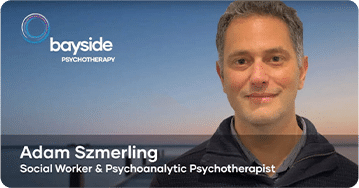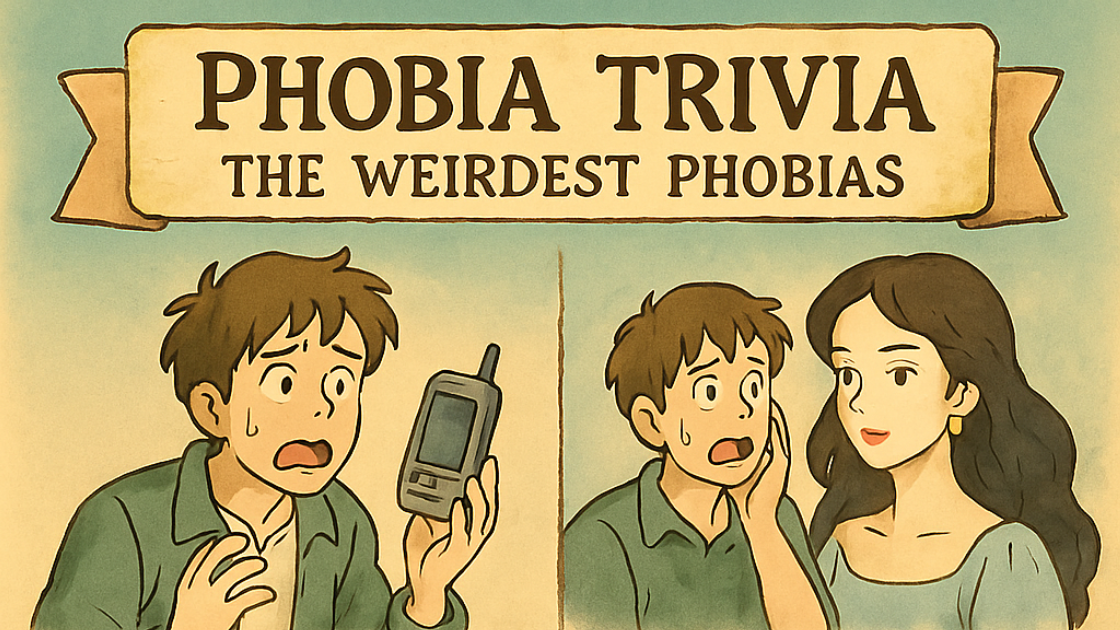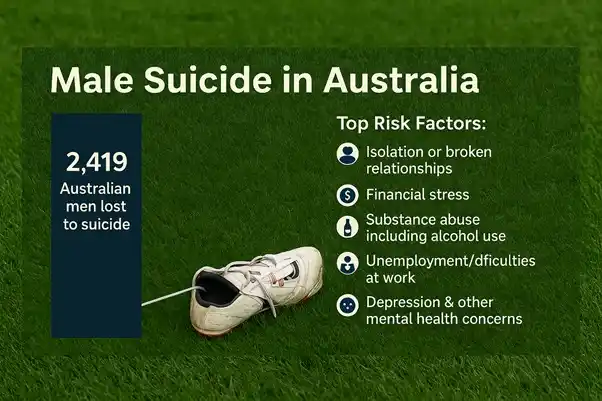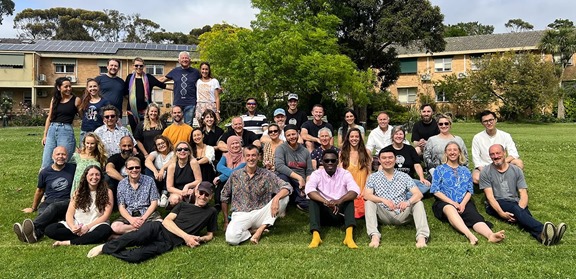Trichotillomania Study: Reneta Slikboer
A little known condition called trichotillomania (otherwise known as compulsive hair pulling) was once thought of as rare. This is no longer the case with estimates ranging from 0.6% to 3.4 % (Christenson, Pyle, & Mitchell, 1991). This means that approximately 285,000 individuals in the state of Victoria have firsthand experience of hair pulling. This psychological disorder is taken seriously by researchers and clinician’s around the world as many studies have shown how debilitating it can be.
Dealing with hair pulling can be tough
Everyday life can be made difficult by hair pulling including: academic, work, and social areas (Woods et al., 2006). Feelings of shame, irritability, lack of control and low self-esteem are often also experienced (Casati, Toner, & Yu, 2000; Rehm, Nedeljkovic, & Moulding, 2012). Many people may not have heard about hair pulling and even trichsters (an affectionate light hearted name for people with trichotillomania) may not know that it is a recognised disorder with existing treatments.
Researchers are working on it
There are a few models in which to make sense of hair pulling on a psychological level. The Comprehensive Behavioural Model is a flexible model whereby the individuals symptoms can be conceptualized on different levels, including internal and external stimuli (Mansueto, Golomb, Thomas, & Sternberger, 1999). Hair pulling has also been thought of as a way to maintain a desirable level of arousal (Penzel, 2008) which in turn influences one’s social environment (Franklin, Tolin, & Diefenbach, 2006). Thinking about hair pulling within these models can be helpful to make sense of a diverse range of implicated elements.
Hope for a better understanding
Research being conducted at the Swinburne University of Technology is aimed at developing a psychological model of trichotillomania based on quantitative data. It is hoped that with a model developed on rigorous statistical tests, a better understanding of motivation will be generated. Such knowledge will help with the development of more effective treatments.
For further information about current research email Reneta Slikboer.
To participate in the study visit here.
Casati, J., Toner, B. B., & Yu, B. (2000). Psychosocial issues for women with trichotillomania. Comprehensive psychiatry, 41(5), 344–51. doi:10.1053/comp.2000.9012
Christenson, G., Pyle, R., & Mitchell, J. (1991). Estimated life time prevalence of trichotillomania in college students. Journal of clinical psych, 52(10), 415–417.
Franklin, M., Tolin, D. F., & Diefenbach, G. J. (2006). Clinical Manual of Impulse-Control Disorders. (E. Hollander & D. J. Stein, Eds.) (pp. 149–173). Arlington: American Psychiatric Publishing.
Mansueto, C., Golomb, R., Thomas, A., & Sternberger, T. (1999). A Comprehensive Model for Behavioral Treatment of Trichotillomania. Cognitive and Behavioral Practice, 6(1995).
Penzel, F. (2008). A stimulus regulation model of trichotillomania. In Touch; In, Trichotillomania Learning Centre. Retrieved May 29, 2014, from http://www.trich.org/treatment/article-stimulus-penzel.html
Rehm, I., Nedeljkovic, M., & Moulding, R. (2012). A qualitative investigation of the cognitions experienced in episodes of chronic hairpulling: Informing cognitive-behavioural models of trichotillomania. 47th Annual Conference of the Australian Psychological Society (APS), Perth.
Woods, D. W., Flessner, C., Franklin, M. E., Keuthen, N. J., Goodwin, R. D., Stein, D. J., & Walther, M. R. (2006). The Trichotillomania Impact Project (TIP): exploring phenomenology, functional impairment, and treatment utilization. The Journal of clinical psychiatry, 67(12), 1877–88. Retrieved from http://www.ncbi.nlm.nih.gov/pubmed/17194265
Here are a couple of blogs written on this topic you might find useful:
What Are Australians Most Afraid Of? N...
From snakes and spiders to needles and ghosts, fear takes many forms. But what do Australians fear most in 2025? To find out, we turned to one of the.
Is It Time For The AFL To Cast A Menta...
At Bayside Psychotherapy we are passionate about mental health and like many fellow Melbournians, many on our team are avid AFL fans. So when two of our.
Exploring Emerging Therapies: Understa...
At Mind Medicine Australia, we are dedicated to transforming the trea.
The Balance of Power in Romantic Relat...
Why do some relationships thrive while others feel like a constant tug-of-war? Power dynamics lie at the heart of this balance.

